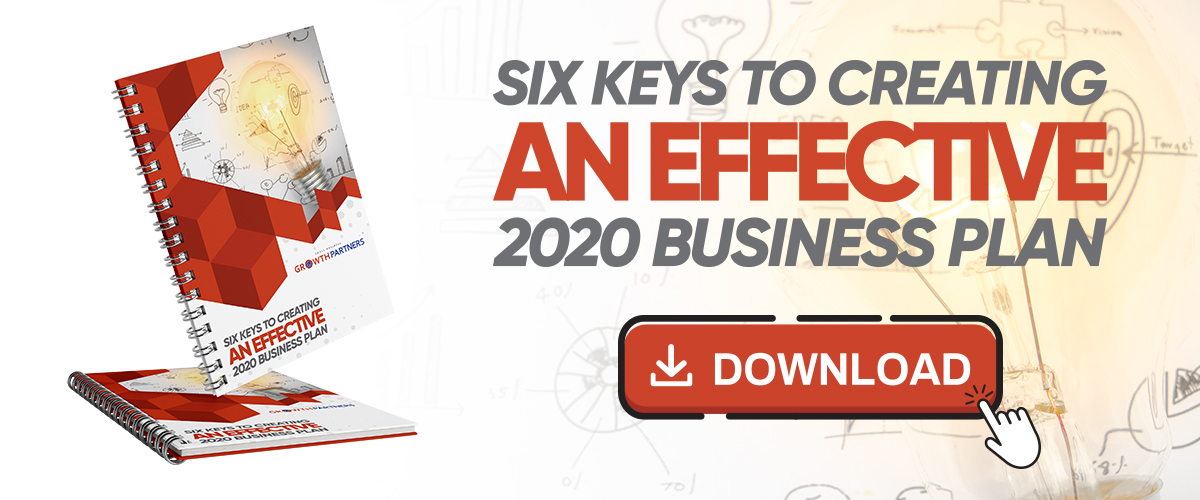Thorough buyer personas are the key to efficient and effective target marketing. Here, we’ve compiled 6 ways to make sure your buyer personas are as detailed and specific as possible, so your team can enhance its success by knowing exactly who they are selling to.
Start with the (very) basics
If you don’t have a clue of how to create a buyer persona, the basics are a great place to start. Begin by building the persona from the bottom up, from the most simplest traits of a person to the most specific. What is the gender of your buyer persona? How about their age? What’s their job title, and what responsibilities do they have? How much do they get paid? What region do they live in?
You can most likely get all of this information from data in your CRM. What does your average customer look like, do, or want? Once you have those basics laid out, it may also be helpful to create a name or image for the persona for a more authentic feel. That way, you can really get in touch with the empathetic side of marketing, rather than viewing potential customers as outlines or dollar signs.
Assign personality traits
Your buyers probably have a few things in common that you can use to give your persona a personality. The reason that personality is so important is that it determines how you market your product or service. If your customer base is made of mostly business-minded individuals, they will need logical, blunt appeals of why they should do business with you. If you have many relationship-oriented customers, your marketing needs to take a very ethical, humanistic approach to appeal to your audience.
Take a look at your product/service and who it benefits. What type of person needs the solution you’re offering? What types of people are buying the solution you’re offering? Decide if your buyer persona is all business, other-focused, detail-oriented, or an emotional decision maker.
Determine motivations
Similar to the last point, you should be clear on your persona’s motivation for wanting or needing your product. What is the “why” behind their choices, their purchases, their behavior? What keeps them lying awake at night? What are their fears and concerns? Even more, how can your company help them with their fears and concerns? It’s important to know where your persona is coming from if you want to be sure of where they’ll go.
Interview leads and customers
The closer your buyer persona is to a real buyer, the better. Interviewing your customers is the perfect way to take assumption out of your work; you’re getting intel straight from the source. Other than gathering demographic information that can help with the basics of your buyer persona, consider asking the following questions:
- What problems does this product solve/what needs does it fill?
- What features help the most?
- What’s the most important thing to you about a business you support?
- Have you had any problems, or found any ways this product wasn’t a perfect fit for you?
- How does this product contribute to your lifestyle?
It’s important to note that you should be interviewing both “good” and “bad” customers. Don’t reject the perspective of someone who returned your product—they have valuable insight on what isn’t working, and why the product/service isn’t for them. This can help you determine whether you should broaden the product/service to be helpful to more people or narrow your marketing to a more targeted demographic.
Converse with your persona
Your sales team should know how to talk to your buyer persona. Include real quotes you gathered from your interviews with leads and customers, and develop an idea of the concerns of your persona. What objections would he or she have to your sales team’s tactics? What is something your buyer persona made clear that they should never say to a prospect? Your persona is the practice prospect for sales to work out their pitches and strategies with. Use actual statements your customers have said to coach your team on the right (and wrong) conversations.
Never stop updating your personas
Don’t create a buyer persona, pin it to a bulletin board, and let it hang there for decades. Your persona should change as your clientele—and your company—does. Over time, you might find that you’re able to narrow down your persona even more, making it closer to a single individual than ever. You might also notice that the traits you originally thought were important don’t matter, or perhaps were a bit off the mark. Like a real person, your buyer persona should be ever growing and changing.
Buyer personas are a great tool for sales and marketing, but a vague, general persona never helped anyone. Make sure your persona is modeled after real people you’ve encountered in your business and has as many attributes, characteristics, and opinions as you are able to research and create.






